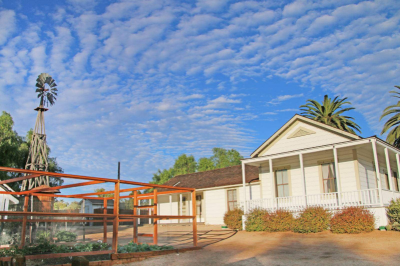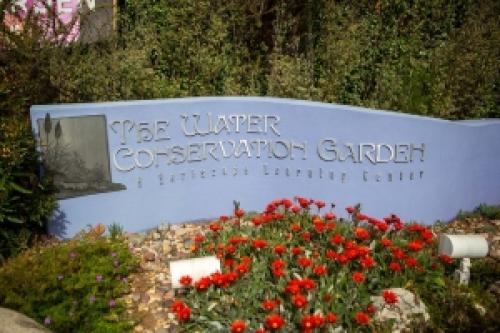VALLEY VIBES COMMUNITY EVENT IS SET FOR JUNE 1 IN ESCONDIDO TO FUND CONSERVATION EFFORTS

Organizers are seeking a headline sponsor
East County News Service
March 26, 2025 (Escondido) -- Mark your calendars for Valley Vibes, a free, family-friendly fiesta with interactive exhibits, great food, crafts and live music courtesy of North Park Rock-n-Blues Band. Valley Vibes will run from 11 a.m. to 3 p.m. Sunday, June 1, at the Sikes Adobe Historic Farmstead, 12655 Sunset Drive, Escondido. The San Dieguito River Valley Conservancy and San Dieguito River Park Joint Powers Authority are hosting the free event to celebrate nature and draw attention to the organizations’ conservation, education and recreation programs.
